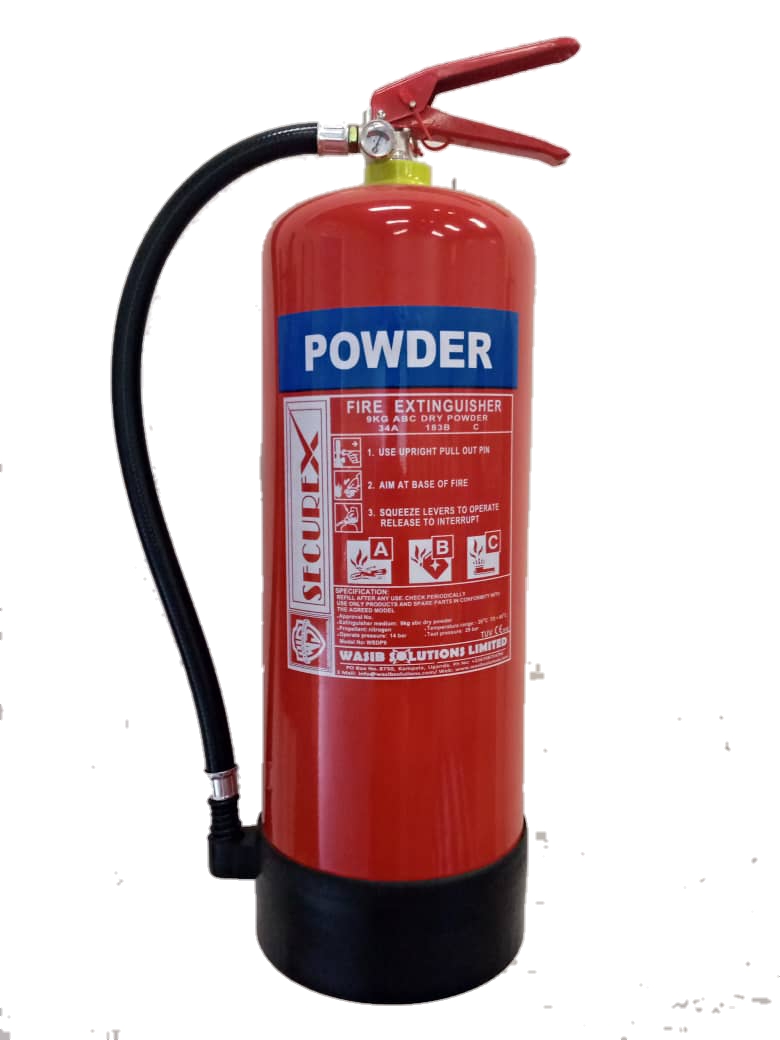FIRE-FIGHTING-EQUIPMENTS
| Firefighting systems and equipment vary depending on the age, size, use and type of building construction. There are many different types of fire safety equipment. Each device is designed specifically to deal with the different classes of fire in a range of environments. If you’re struggling to figure out which fire safety devices you need in your building, take a look at the following range of equipment. Once you have an idea of the fire safety measures in your building, be sure to take a look at our equipment options. We test and inspect a wide range of equipment – contact us today to request our services. |

|
Fire can pose a significant threat to the well-being of employees and clients in the workplace. There are numerous reasons why a fire may occur within a facility. These include the ignition of flammable materials, problems with an electrical system, and human error. When a fire emergency is underway, human life and property are at great risk. That is why it is so important to have the proper firefighting equipment. At Wasib Solution, we offer fire detection and protection devices to help you protect life and property |
SECUREX FIRE EXTINGUISHERS
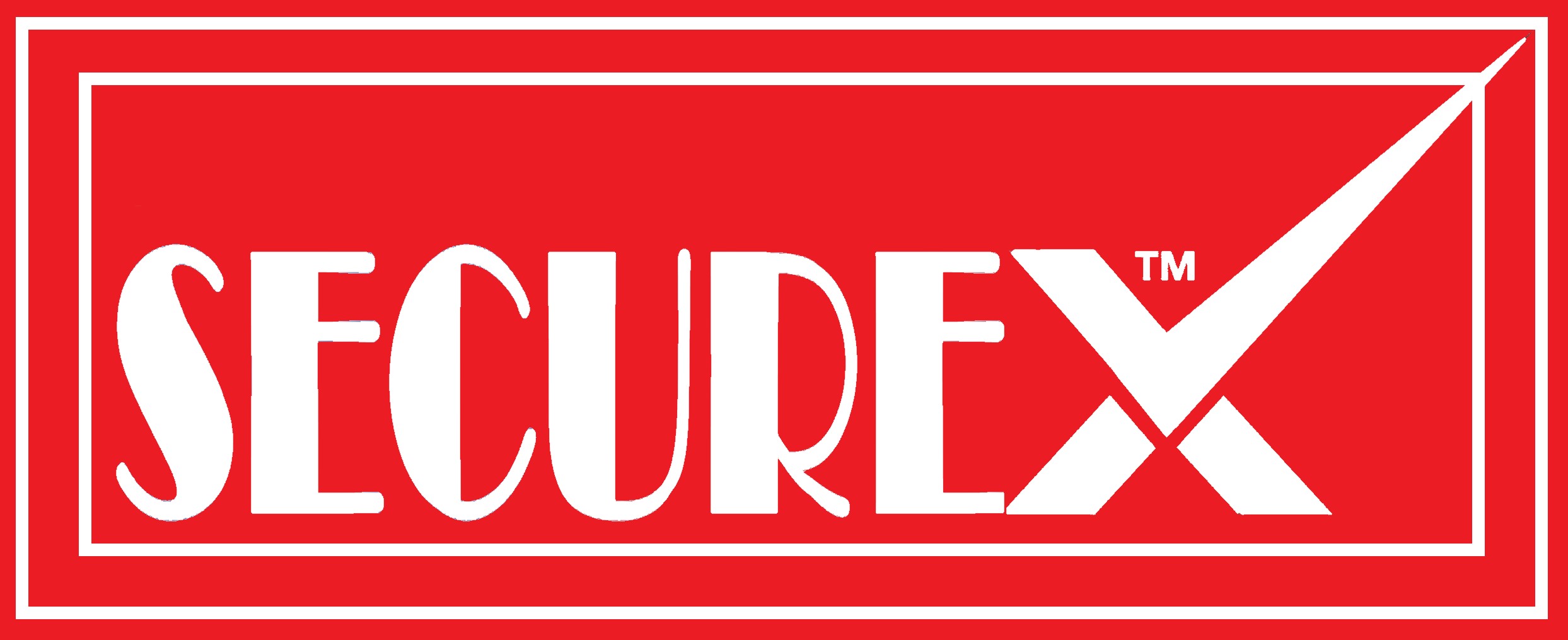
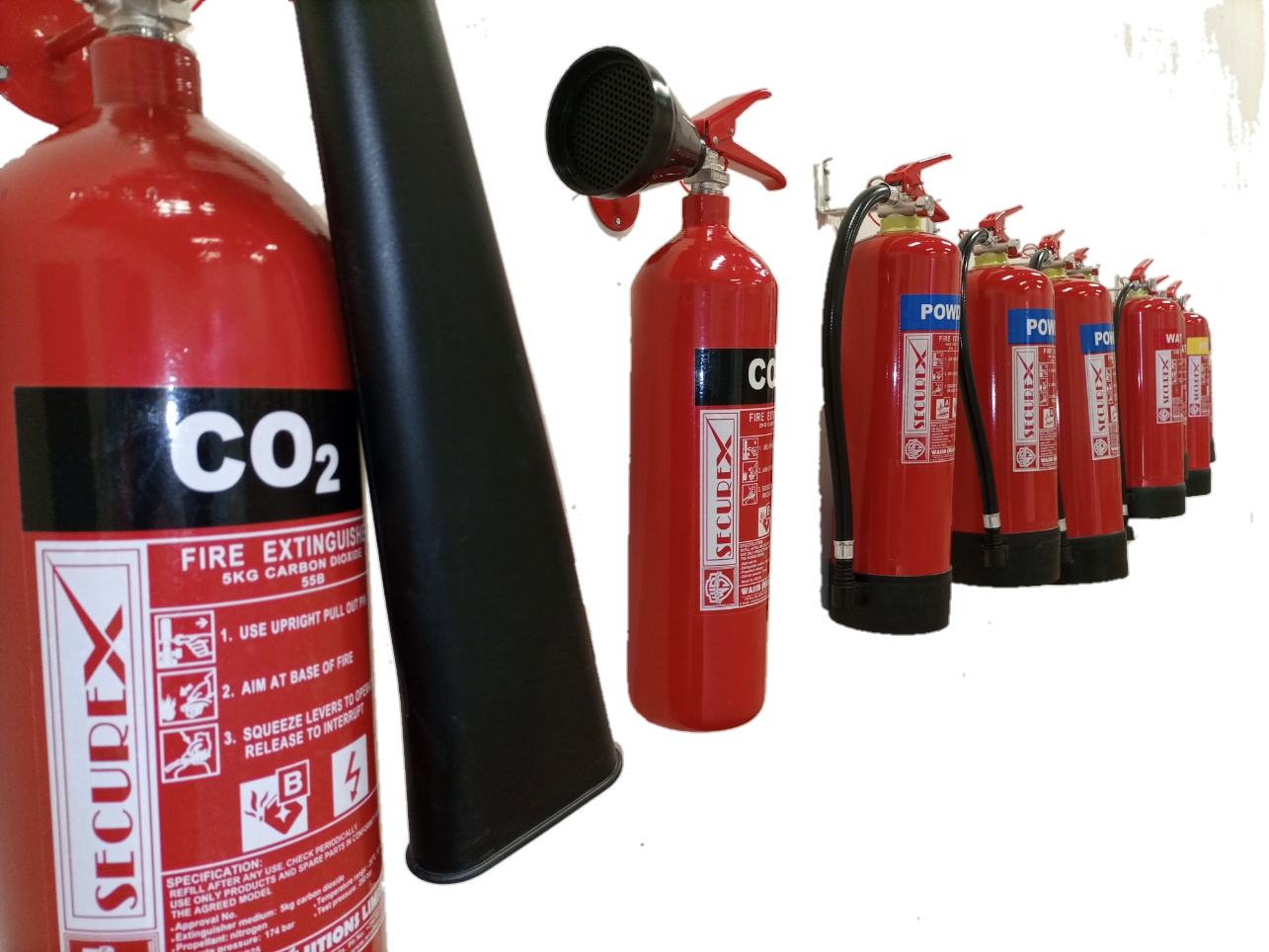
Fire extinguishers are provided for a 'first attack' firefighting measure, generally undertaken by the occupants of the building before the fire service arrives. It is important that occupants are familiar with which extinguisher type to use on which fire. Water, foam, dry powder, CO2, wet chemical’. If you would like to know which fire Extinguisher is designed for which type of fire?
 |
Water extinguishers are the most common fire extinguisher type for class A fire risk. Most premises will require either water or foam extinguishers. |
 |
Foam extinguishers are most common type of fire extinguisher for Class B fires, but also work on Class A fires as they are water-based. |
POWDER |
Standard dry powder extinguishers are also called ‘ABC’ extinguishers because they tackle class A, B and C fires, however they are not recommended for use in enclosed spaces. This is because the powder can be easily inhaled, and also the residue is very difficult to clean up after. ABC powder extinguishers can also be used on some electrical fires. Specialist dry powder extinguishers are used for flammable metals. |
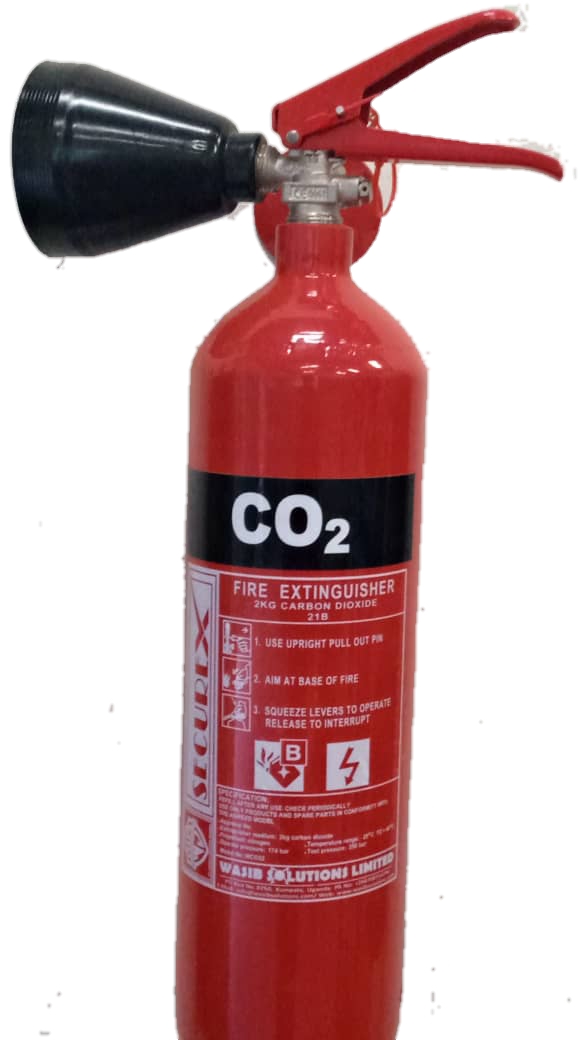 |
CO2 extinguishers are predominantly used for electrical fire risks and are usually the main fire extinguisher type provided in computer server rooms. They also put out Class B fires (flammable liquids, such as paint and petroleum). Label Colour: Black |
Most fires start as a small fire and may be extinguished if the correct type and amount of extinguishing agent is applied whilst the fire is small and controllable. |
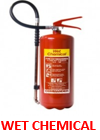 |
Wet chemical extinguishers are designed for use on Class F fires, involving cooking oils and fats. They can also be used on Class A fires although it is more usual to have a foam or water extinguisher for this type of fire risk. Label Colour: Yellow |
FIRE HYDRANT SYSTEM
|
Fire hydrant systems are installed in buildings to help firefighters quickly attack the fire. Essentially, a hydrant system is a water reticulation system used to transport water in order to limit the amount of hose that firefighters have to lay, thus speeding up the firefighting process. Fire hydrants are for the sole use of trained firefighters. Because of the high pressures available serious injury can occur if untrained persons attempt to operate the equipment connected to such installations. |
| Fire hydrant systems sometimes include ancillary parts essential to their effective operation such as pumps, tanks and fire service booster connections. These systems must be maintained and regularly tested if they are to be effective when needed. |
 |
FIRE HOSE REELS Fire hose reels are provided for use by occupants as a 'first attack' firefighting measure but May, in some instances, also be used by firefighters. Fire hose reels are ideal for extinguishing a fire. That is fires that are fuelled by paper, rubber, wood, and other non-conductive materials. As fire hose reels discharge water, they cannot be used to combat electrical fires. |
FIRE SPRINKLER
|
When it comes to the design, installation, and maintenance of fire sprinkler systems in Africa, there are a number of standards that could apply to your building. The following standards will influence the implementation of fire sprinklers in your space: SIGNAGE All fire equipment should be accompanied by standard signage. This helps users identify the location and type of equipment they can access in an emergency. There is a range of different regulations when it comes to fire safety signage. Each piece of equipment is accompanied by as par standard for maintenance and installation. The corresponding guide will contain more information about signage and where it should be located. FIRE BLANKETS Fire blankets are designed to smother class F fires. That means flame that is fuelled by cooking oils and fats. Naturally, fire blankets are installed in kitchen environments, where the chance of a class F fire is the highest. FIRE EQUIPMENT MAINTENANCE AND SERVICE At Wasib Solutions Ltd, we provide inspection and testing services for businesses across Africa. We test and assess fire blankets, hose reels, extinguishers, smoke alarms, and emergency and exit lights. Contact us now to ensure your workplace is compliant with the current safety standards. With correct installation and continuing maintenance of the fire equipment in your building you can ensure your fire protection system is continually up-to-date and operates effectively and reliably to provide the necessary protection for people and property. FIRE SUPPRESSION SYSTEM |
|
Fire equipment specialists and distributors have the capability to service and install fire prevention and mitigation systems such as fire alarms and sprinkler systems. An experienced company that offers fire equipment can provide you with important products and services related to kitchen exhaust cleaning and industrial fire suppression to help you maximize workplace safety |


